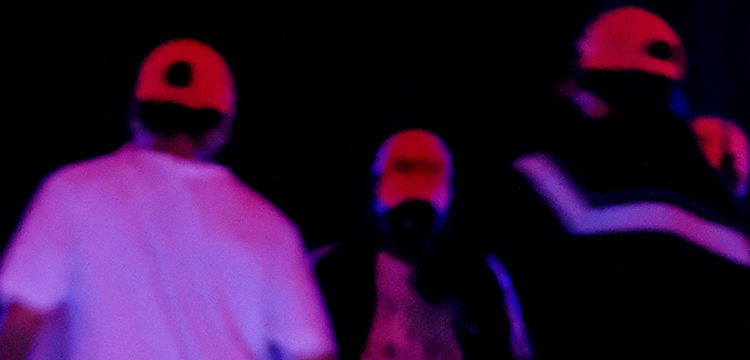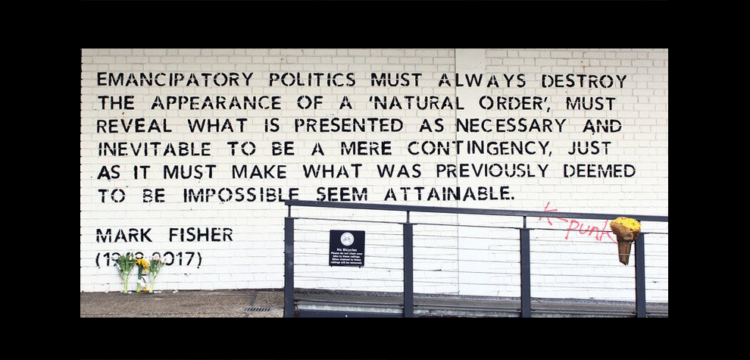A Journey in the Back of the World in Noclip Mode
Backrooms, liminal spaces, infinite thresholds: how to glitch out of reality
This text was originally published in Italian on Not.
If you’re not careful and you noclip out of reality in the wrong areas, you’ll end up in the Backrooms.
– Anonymous, 4chan post, 2019
A labyrinth of identical rooms that extends for about six hundred million square miles, meaning more than three times the earth’s surface. The walls are covered in yellowed wallpaper and the floor is a swathe of smelly damp carpet. The neon lights buzz continuously.
It looks deserted, but surely something is wandering inside. These are the Backrooms, a mysterious place where you’ll be ending up, according to one of the most popular creepypastas on the internet, if you accidentally “slip” out of reality. It is not just one of the many horror stories created by the collective mind of the web, though—such as The Slender Man or The Russian Sleep Experiment—it is a symbolic image with a bewitching power, able to evoke ancient fears and contemporary nightmares, combining esotericism, horror, quantum physics, philosophy and gaming.
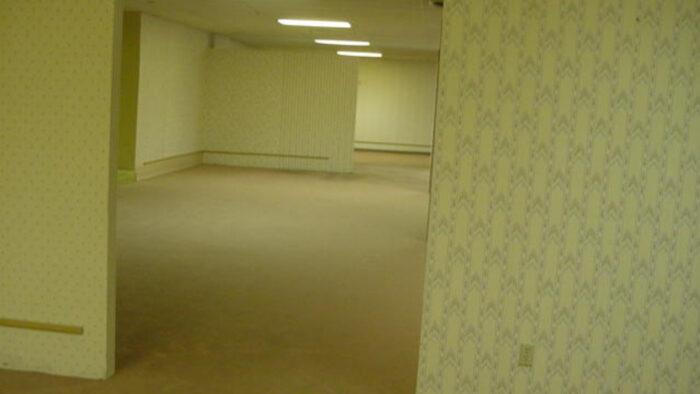
Imagine taking a photo of some old office building about to be renovated and it turns into a massive conspiracy on the internet.
– Aussie Boi, YouTube comment, 2021
It all begins on May 14, 2019, when an anonymous 4chan user posts a crooked and grainy photo, probably taken in an old abandoned office, accompanied by a caption that begins like this: “If you’re not careful and noclip out of reality in the wrong areas, you’ll end up in the Backrooms.” The choice of the verb “to noclip” is not accidental. In gaming, it is used to describe a game mode that, when activated, allows you to remove obstacles and move in any direction, even through walls, objects and other players. As a result, the game engine generates glitches and anomalies, distorting and multiplying the images in an effect called “Hall of mirrors”. Sometimes, if you venture too far, you might end up beyond the boundaries of the virtual environment, finding yourself suspended in a kind of electronic limbo, out of this world, on the other side of the game.
“Glitching” is when your wave function alternates and quantum tunnels. It’s extremely rare, even for particles. We’re fundamentally only the sum total of particles though. When their whole wave function tunnels (again it takes billions of them to do so at once, and it’s extremely improbable for even one of them to do so, let alone all of them that constitute a human being. But improbable is not the same as impossible), you have successfully glitched.
– Raj Bhattacharya, commento di YouTube, 2021
Accessing the Backrooms, therefore, is not a voluntary act, but an error, the side effect of a glitch. However, the original post suggests that it is not entirely accidental, because it happens “if you are not careful.” Even if it is not mentioned what this lack of attention consists of, i.e. what are the behaviors to avoid, it is reasonable to think that this might happen when our grip on reality is loosened – when we are dissociated, misaligned, disconnected. According to another theory, it would not be our consciousness to disconnect, but the very web of reality that contains holes, porous areas that, if crossed, make us fall to this other side. Or maybe, again, our access to the back of the world would occur through a quantum leap, a change in vibrations at the subatomic level that allows us to instantly slide from one dimension to another.
The backrooms is just a hidden debug room for earth.
– Александар Миловић, YouTube comment, 2021
There are plenty of websites, stories, films, games dedicated to the Backrooms, including a vast experiment in collective writing—the wiki Backrooms Database—and a huge YouTube collection. In recent weeks one of these videos in particular has caught the attention of many, rekindling the spotlight on the phenomenon. It is a short film entitled The Backrooms (Found Footage) directed by 16 year old Kane Parsons—a.k.a. Kane Pixels—and published on his YouTube channel on January 7, 2022. The video, which is fully part of the so-called “analog horror”—subgenre of the best known “found footage” focused on analog aesthetics of televisions, VHS and audio tapes—condenses the whole mythology of the Backrooms into seven minutes, so much so that it has accumulated over 16 million views in just over a month. The plot goes as follows: while shooting a film, the cameraman suddenly collapses to the ground; when the camera comes back on, he is alone in a pale yellow labyrinth, accompanied by the unnerving buzz of the neon lights. From here on, it’s all a breathless wandering in search of a way out, until the appearance of a monstrous creature transforms anxiety into manifest terror. On the Kane Pixels channel there are also other shorts dedicated to the Backrooms: a series in progress that aims to build the founding myth of the “backrooms”: what exactly are they? Were they created or discovered? And how do you get there?
This, the backrooms are shapeless beings of chaos, they take the form of our collective unconsciousness.
– Anonymous, post di 4chan, 2019
The photo inserted in the post of May 14, 2019 had actually already appeared, without caption, in a previous thread on the /x/paranormal board from May 12th on 4chan. The request that got hundreds of replies within a few hours was “post disquieting images that just feel ‘off’” followed by a long series of mysterious, disturbing and absurd images. Many of the responses contained photos of deserted buildings, poorly lit rooms, night streets, and labyrinthine or claustrophobic interiors. They are related to the aesthetics of the so-called liminal spaces, a genre much loved on the internet of which we find evidence prior to the appearance of the Backrooms meme. According to the Aesthetics Wiki definition, a liminal space is “a location which is a transition between two other locations, or states of being. Typically these are abandoned, and oftentimes empty—a mall at 4am or a school hallway during summer, for example. This makes it feel frozen and slightly unsettling, but also familiar to our minds.”
I feel like they are like corpses. They used to be filled with life, movement, and potential. Now they are just a dead body left behind as life moves on.
– Jass Lang, YouTube comment, 2021
A quick scroll on the /r/LiminalSpace subreddit allows you to get a precise idea of this aesthetic: empty corridors, waiting rooms, stairs and underpasses; but also playgrounds, swimming pools and parking lots. The atmosphere can oscillate between a vague sense of desolation, a strong restlessness and a generic nostalgia. Nostalgia plays a central role especially when the photos portray school classrooms, courtyards, empty restaurants and houses furnished with a retro taste, images capable of evoking distant and half-buried memories, flashes of childhood, or places seen in dreams. The YouTube compilations dedicated to the liminal genre have titles like “images with elegiac auras,” “places that feel strangely familiar,” “places you’ve been to in your dreams,” and “strangely familiar places with unnerving music.” In many cases, the genre is intertwined with other very popular aesthetics, such as vaporwave, with its obsession with the past, traumacore, which exorcises and evokes traumatic experiences, and dreamcore, which brings the dream world back to consciousness: images can become more ethereal and minimal, also thanks to intense editing, or grainy and tarnished, submerged in writings and stickers. The most evident common thread, perceptible despite the contaminations, is the total absence of human beings.

I’ve heard people say vaporwave tends to sound like an empty mall.
– Whoissnake, post su Reddit, 2021
According to John Koening’s Dictionary of Obscure Sorrows, a book that collects a series of invented terms that describe complex emotions and sensations, the right word to associate with liminal spaces is kenopsia. This is his definition: “the eerie, forlorn atmosphere of a place that’s usually bustling with people but is now abandoned and quiet—a school hallway in the evening, an unlit office on a weekend, vacant fairgrounds—an emotional afterimage that makes it seem not just empty but hyper-empty, with a total population in the negative, who are so conspicuously absent they glow like neon signs.”
As Mark Fisher writes in The Weird and the Eerie, the alienation effect is triggered by a “failure of presence”: normally crowded places appear unnaturally empty. The more the spaces are vast, and architectures are impressive, the structures complex, the greater our discomfort, even if we cross them only with a glance. Liminal spaces are artificial deserts, upside-down monuments, machines of alienation. Their existence unconsciously triggers a series of questions. Where’s everybody? What made them vanish? Is this what the world will look like after our extinction?
I practice a lot of lucid dreams, as do some of my friends. We’ve all been in this place during dreams gone wrong. It feels like weeks or months while in it but then we’d week up after a normal 6-8 hour sleep. This thread glows.
– Anonymous, post di 4chan, 2019
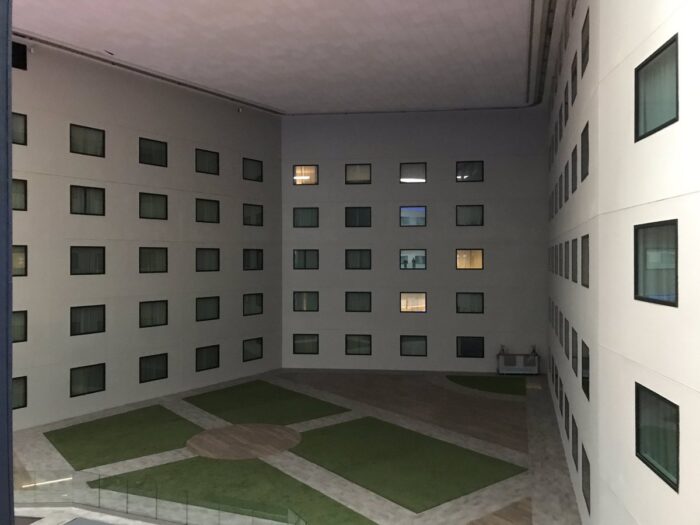
Sometimes the sense of estrangement can be enhanced by the synthetic aspect of the image; if photographed in certain light conditions, some buildings appear to our eyes as 3D renderings. This is the case, for example, of one of the most widespread photographs of the liminal genre, which was taken in the courtyard of a Holiday Inn inside Terminal 4 at London Heathrow Airport. The hotel, an imposing and minimal building, features an internal courtyard overlooked by the windows of the rooms, which look all the same and are ordered in regular rows. What is weird about the courtyard is that it is covered by a ceiling in order to muffle the noise of departing planes. Taken and posted on Twitter by a random traveler, the photo became the inspiration for one of the levels of the game inspired by the Backrooms, where it took the name of The Courtyard of Windows. Although there are some YouTube videos which are tracing this back, many Backrooms fans still don’t know that to be an actual place, and they play inside of it as if it was a random render.
I like the idea that the backrooms are in fact made of a mash-up of real places on Earth.
– Samuel Shelton, YouTube comment, 2022
To a certain extent, liminal spaces can be considered a sub-genre of cursed images: photos of uncertain origin and disturbing content that seem to possess a kind of demonic charge, as if they were infused with some form of negativity that is simply transmitted when looking at them. However, in this case the emphasis is placed specifically on the idea of the threshold. The concept of liminality (from the Latin limen) was introduced for the first time in 1909 by the Belgian anthropologist Arnold Van Gennep in the context of a research on the rites of passage and then revived in the 1960s by the Scotsman Victor Turner. Rather than a physical state, liminality is originally a mental and/or social state, the exact moment in which we are about to become but we are not yet—the limbo between adolescence and adult life, between school life and work, between a psychological state and another. Sometimes the sensation of inhabiting a liminal space can last for years, giving the feeling of not being able to reach a hypothetical “next stage”, of which, however, the exact physiognomy and location are yet unknown.
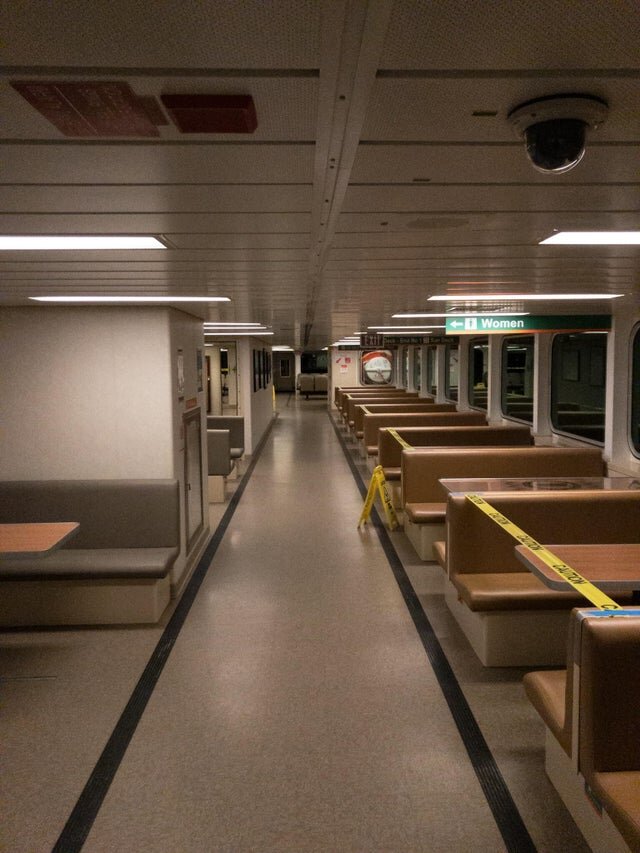
When the concept of threshold meets that of noclip, a simple boundary line can turn into a habitable place. The glitching threshold might lengthen to generate a space, and this space could switch from a transitory moment into a permanent prison. The Backrooms are the result of a threshold that has glitched and keeps on self-generating in a seemingly unstoppable loop.
When I play a game alone such as gmod, and load into an rp map it just feels very weird. I remember all the memories on the map, but now it is just dead, silent, the only sound is the ambient sounds. It’s somewhat creepy, I feel like I’ll suddenly see someone around a corner, or see text saying that a player has joined. Does anyone else feel this?
– Speechless, post su Reddit, 2021
As Mark Frauenfelder notes in the article The Quiet Horror of Procedural Generation, the fact that the mythology of the Backrooms describes them as a vast space made up of rooms that look all the same, suggests that this place may be the result of a computer simulation process. In particular, the author refers to “procedural generation”, a technique widely used in video games that allows you to automatically create potentially infinite virtual architectures starting from an initial input, using a specific function inspired by quantum mechanics called “wave function collapse algorithm”. Frauenfelder writes: “It’s not surprising that kenopsic spaces have become a phenomenon in the era of COVID-19. They represent the millions of unused schools, theaters, office buildings, museums, and libraries worldwide. Just thinking about them triggers a sense of Ballardian dread. Here’s hoping we find our way out of this space station we’ve all been trapped in for the past year.”
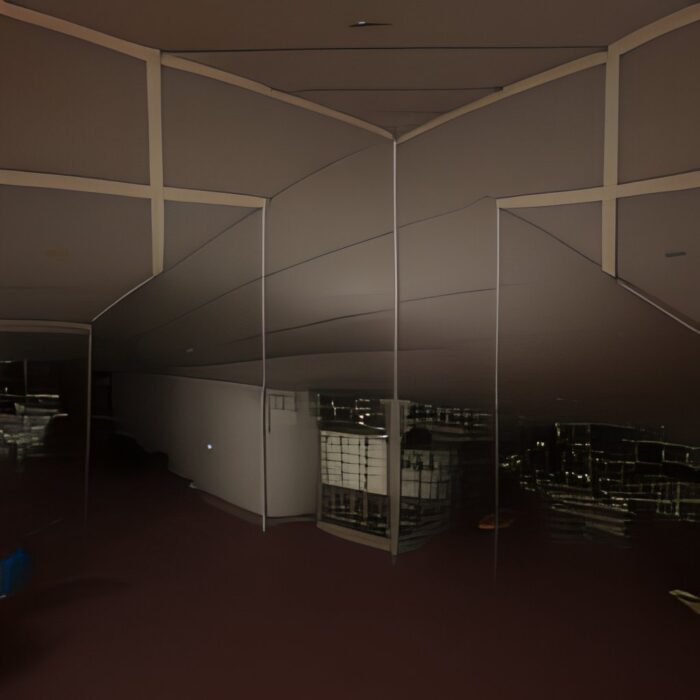
Finally, when artificial intelligence algorithms are asked to generate liminal spaces, terror and estrangement reach dizzying heights. It is the case of the images posted by the AI-Generated Artworks account on Twitter: atriums, corridors, parking lots and basements deform and take on an alien appearance; the lines curve, the colors blend, the world stops resembling itself.
I love how genz is the only generation that gets bored to the point they want to go to a different reality
– princessfairouz1 Tm, commento di YouTube, 2022
The idea of “glitching out of reality”, and more generally the theme of exploring thresholds between worlds, is a classic trope in sci-fi and horror literature and cinema, from The Door in the Wall by H. G. Wells to Stranger Things, passing through The Twilight Zone and The Matrix. In recent years, however, this suggestion has largely transcended the boundaries of fiction, giving rise to a series of cultural trends centered on the malleability of reality. A clear example of this is reality shifting, a trend that appeared in 2020 on TikTok and YouTube with young girls as protagonists engaged in the invention and experimentation of techniques of meditation, astral projection and lucid dreaming. Along these, there are adjacent practices such as manifesting and quantum jumping, both based on the belief that our mind, when properly trained, is capable of switching realities.
This vast and multifaceted body of magical tendencies that we can observe online—to which the so-called meme magick also belongs—is generally interpreted in an escapist key, recognizing the emergence, especially among the younger generations, of increasingly extreme escape strategies: a form of defense against a world that has come to collapse.
Although it makes sense, this explanation is not satisfying: what we are witnessing, in fact, appears as a much deeper conceptual shift, which concerns the perception of reality as such. It is not simply a question of escaping into a fantasy world, but rather of searching— even in ways that may at times appear naïve or improbable —for new tools to deal with a reality that seems to no longer possess any hint of stability and permanence. A reality we increasingly struggle to separate from fiction, which sometimes appears to be born fictional, and that gets more and more out of control everyday.




